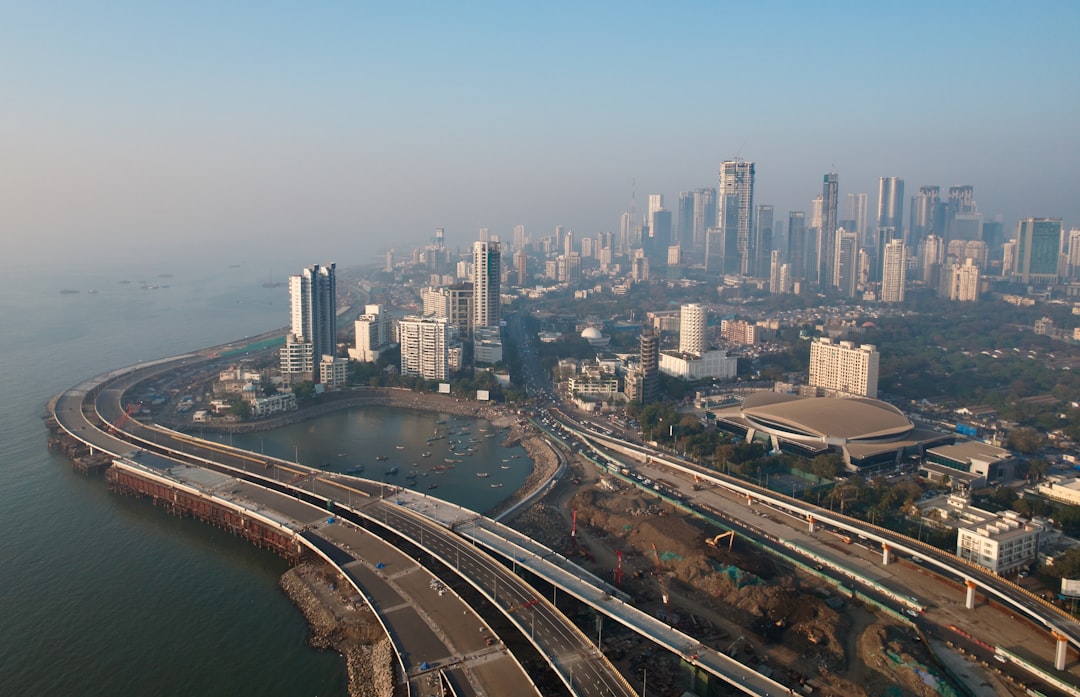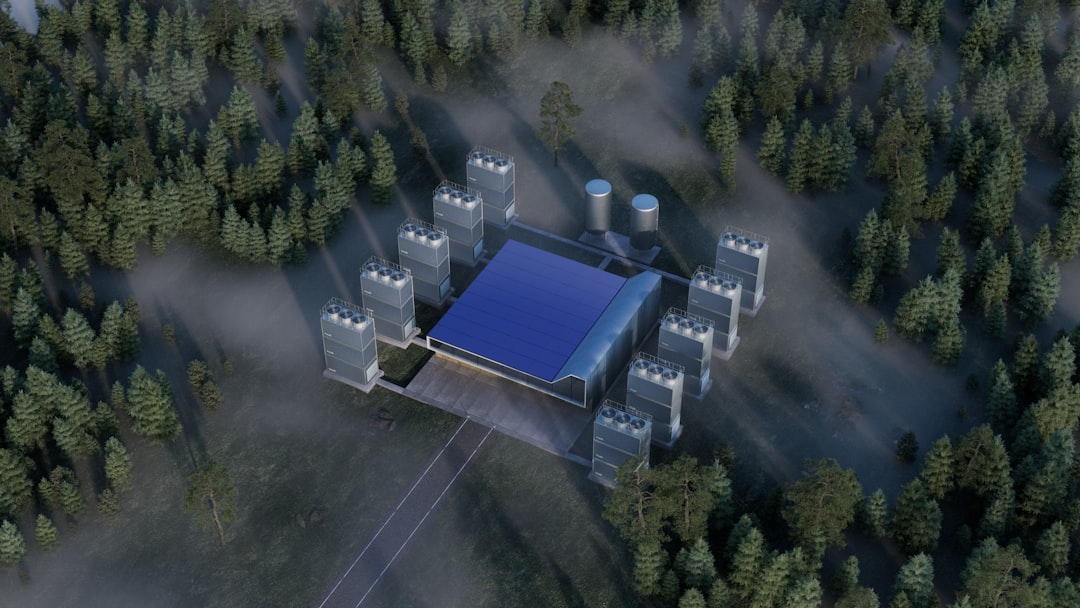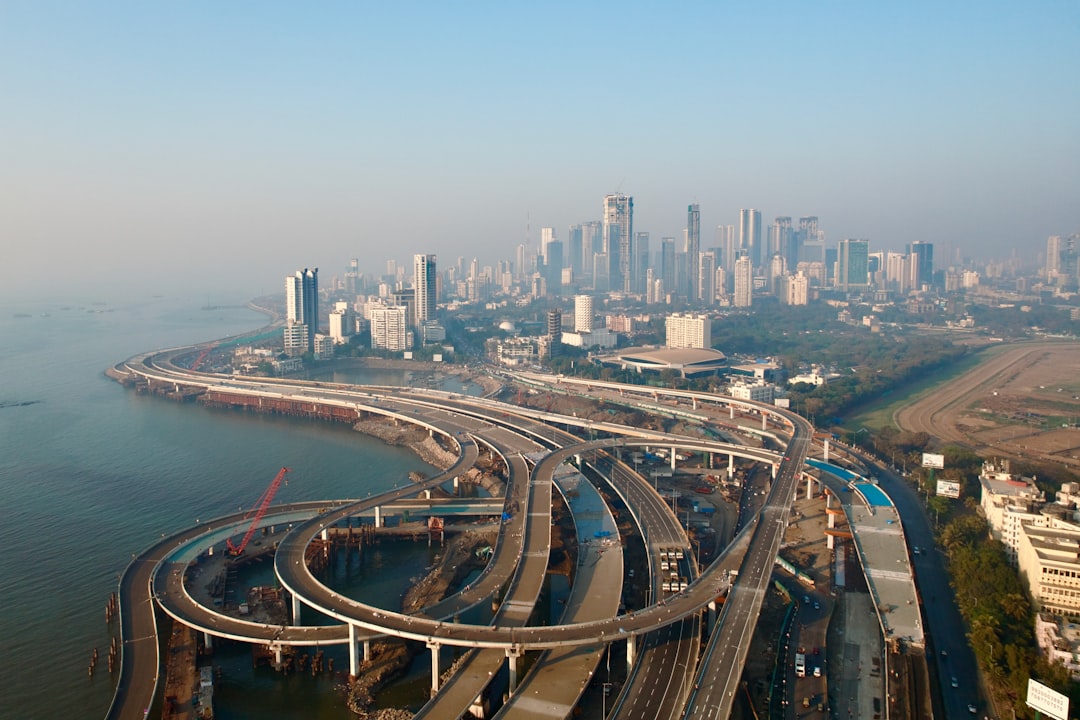Infrastructure is the backbone of any functioning society, providing the essential systems and services that enable economic growth, public health, and social connection. While the word “infrastructure” might often bring to mind roads or bridges, it actually encompasses a wide range of foundational structures. Experts generally categorize infrastructure into four main types: hard infrastructure, soft infrastructure, critical infrastructure, and green infrastructure. Understanding these categories offers clearer insight into how modern societies operate and thrive.
1. Hard Infrastructure
Hard infrastructure refers to the tangible, physical systems and assets that are essential for a nation’s economic activity. These facilities are often publicly funded and form the framework for the transportation and utility networks that connect cities, regions, and countries.
- Transportation networks: Roads, highways, bridges, ports, railways, and airports.
- Utilities: Water supply systems, electricity grids, gas pipelines, and waste treatment facilities.
- Telecommunications: Cell towers, internet cables, and satellite systems.
Hard infrastructure typically requires significant capital investment, long-term planning, and constant maintenance. Its development directly correlates with a country’s economic competitiveness and ability to support growth and innovation.

2. Soft Infrastructure
Unlike hard infrastructure, soft infrastructure comprises institutions and systems that support the daily functioning of a nation but are not physical assets. These elements are equally vital for maintaining social services, law and order, and a well-structured civil society.
- Educational systems: Schools, universities, and training centers, including their governing bodies.
- Healthcare institutions: Hospitals, clinics, laboratories, and the networks that connect them.
- Legal and regulatory bodies: Law enforcement agencies, judicial systems, and civil administration.
Soft infrastructure often receives less public attention, yet it plays a crucial role in fostering human development, maintaining governance, and ensuring justice. Without it, even the most advanced hard infrastructure would be rendered ineffective.
3. Critical Infrastructure
Critical infrastructure includes both hard and soft elements that are essential to national security, public safety, and economic stability. These are the assets and systems so vital that their disruption would have serious implications for a country.
Examples of critical infrastructure include:
- Power plants and electrical grids
- Financial systems and banking networks
- Communication networks, including emergency services
- Water treatment and distribution systems
Governments often prioritize the protection of this category due to its importance in national risk management. Cybersecurity, for instance, has become a significant focus within critical infrastructure as digital threats intensify globally.

4. Green Infrastructure
Green infrastructure is an increasingly vital classification, particularly as climate change and urbanization reshape our environmental and societal challenges. It refers to natural and semi-natural systems that provide ecosystem services and help support biodiversity while managing urban impacts.
The key components of green infrastructure include:
- Urban parks and gardens: These provide recreation, reduce heat, and improve air quality.
- Green roofs and walls: Vegetated building structures that absorb rainwater and provide insulation.
- Stormwater management systems: Wetlands, bioswales, and permeable pavement that help manage runoff.
- Forests and green corridors: Large-scale ecological areas that support wildlife and carbon sequestration.
Investing in green infrastructure not only mitigates environmental impact but also adds long-term social and economic value. It enhances livability, reduces pollution, and creates jobs in sustainable industries.
Conclusion
Infrastructure defines the functional capacity of any society—from the roads people drive on to the institutions that govern daily life. The four categories—hard, soft, critical, and green infrastructure—are interconnected and mutually dependent. As populations globalize and environmental pressures intensify, it is more important than ever to invest wisely in these four pillars. Policymakers and citizens alike must view infrastructure not only as a collection of physical assets but as a strategic framework that shapes future resilience and wellbeing.
